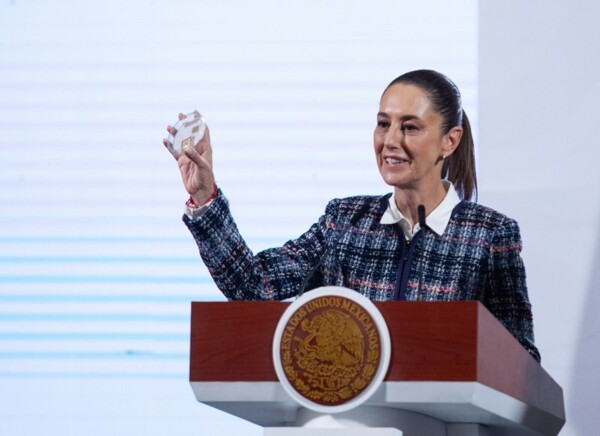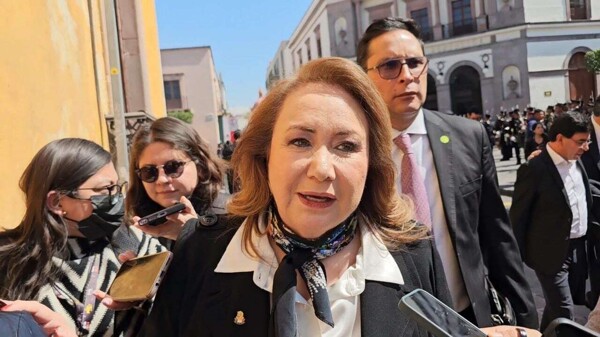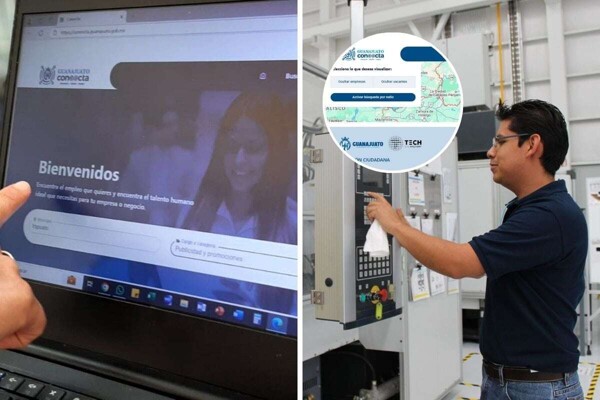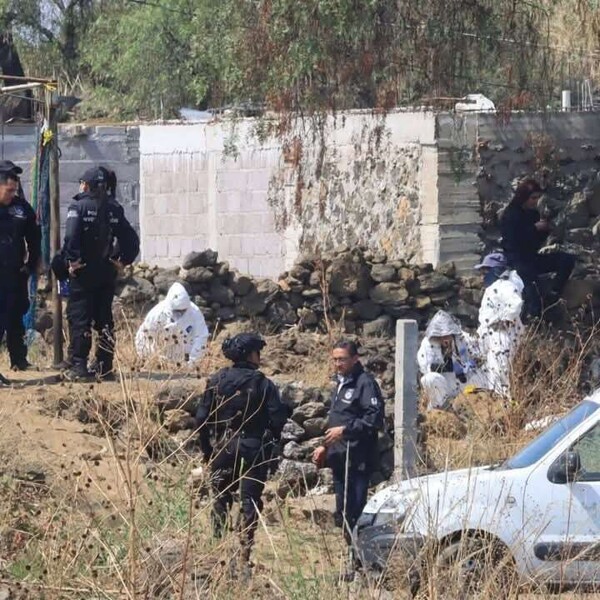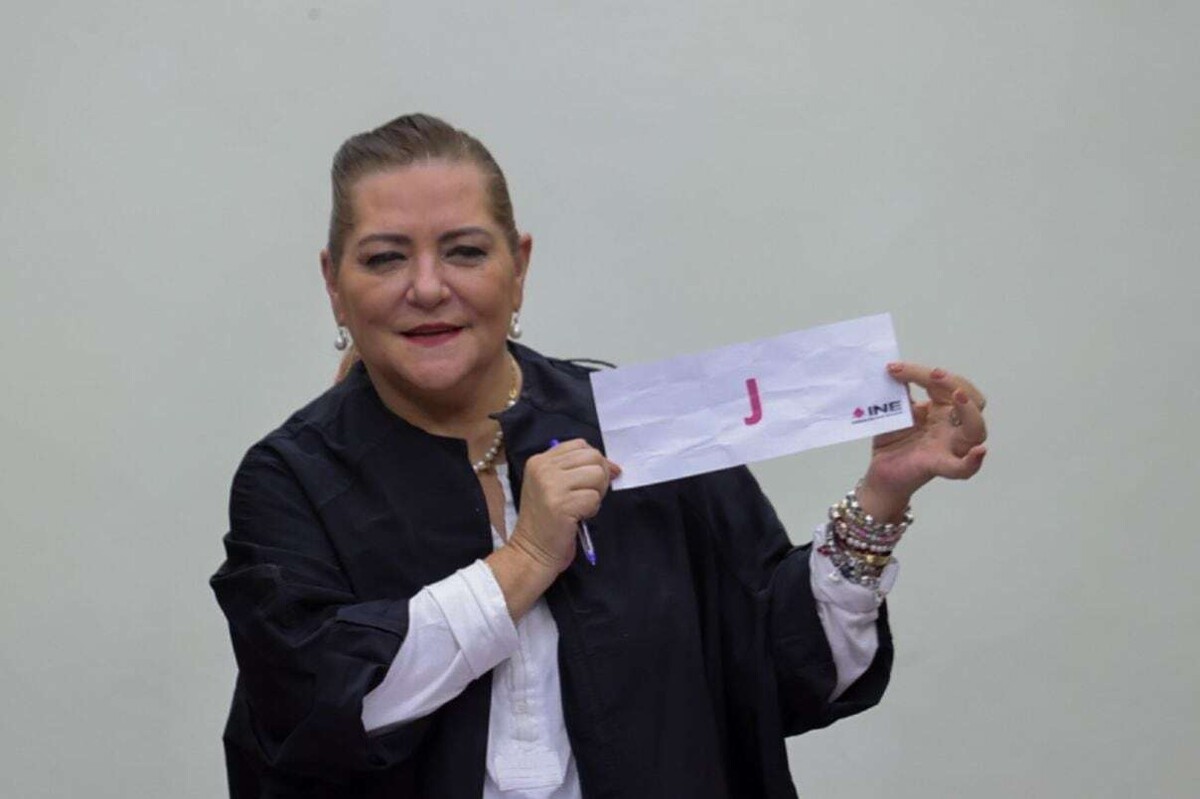
The General Council of the National Electoral Institute (INE) approved in an extraordinary session the polling place model for the judicial election in which a total of 881 positions will be elected. The polling place model will merge the election of federal judicial positions with local ones to be held in 17 states.
Councilor Norma de la Cruz explained that 83,997 polling places are projected to be installed across the country for the judicial election. Each polling place is expected to receive between 100 and 1,250 people registered on the nominal list. According to the councilor, the polling place officials will not count the votes but will only separate the ballots by each type of position and annul those that are not used, aiming to expedite the process.
Additionally, special sectional polling places have been approved, which will have a total of one thousand available ballots and will be located in a judicial district. These polling places are exclusively intended for citizens in transit who, due to circumstances of force majeure, cannot go to their assigned polling place.
The president of the Temporary Commission for the Extraordinary Electoral Process for Judicial Power Positions, Jorge Montaño, explained that the letter "J" has been drawn to recruit polling place officials, prioritizing individuals whose first surname starts with that letter and who were born between February and May.
In this new model, a single ballot box is established where voters will deposit all their ballots, without distinguishing between federal and local elections. The goal is to expedite the flow at the polling place to avoid potential bottlenecks and confusions that could hinder the voting process and shorten the counting time compared to the traditional model.











